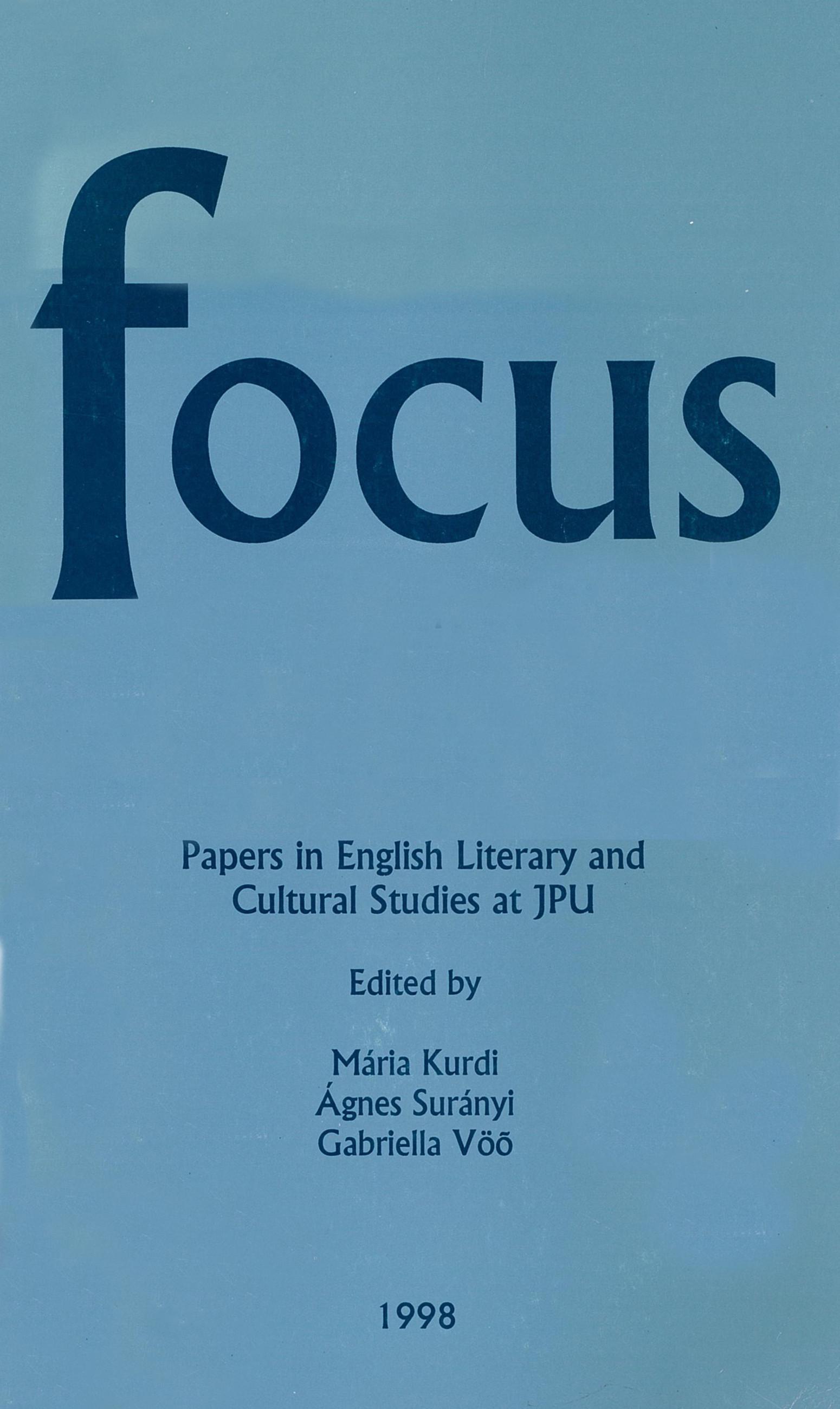The Origins of Broadcast Education in the U.S.
Abstract
Some ten years after the licensing of the first commercial radio station in the U.S.—Pittsburgh’s KDKA in 1920—radio courses began to appear in the curricula of what were then called speech departments, the forerunners of today’s communication departments. As outgrowths of existing courses in public speaking and drama, radio courses addressed such topics as announcing, diction, microphone techniques, directing, scriptwriting, singing, and acting. According to a survey conducted by the Federal Office of Education, some two dozen colleges or universities offered some version of a basic “radio speaking” course in 1933 (Koon 6-9). By the end ofthe decade, in many institutions the basic radio course had spun off separate classes in production, speech, writing, and other special topics, and several universities had begun to offer degrees in broadcasting (McReynolds 44-45).
Downloads
Published
How to Cite
Issue
Section
License

This work is licensed under a Creative Commons Attribution-NonCommercial-NoDerivatives 4.0 International License.
FOCUS: Papers in English Literary and Cultural Studies follows the principles laid down by Creative Commons, which provides guarantees for the Author’s copyright while also ensuring that intellectual properties are made available for the wider public in a digital form. All papers submitted to the journal apply the following licence conditions (indicated on the journal’s website as well as in individual publications):
“© This work is licensed under a Creative Commons Attribution-NonCommercial-NoDerivatives 4.0 International License.”
You are free to:
- Share, copy and redistribute the material included in the journal in any medium or format under the following terms:
- Attribution — You must give appropriate credit to the Author, and indicate the original place of publication [FOCUS: Papers in English Literary and Cultural Studies, Issue nr., page numbers.].
- NonCommercial — You may not use the material for commercial purposes.
- NoDerivatives — You are not allowed to remix, transform, or build upon the material.
- The above conditions must always be indicated if the journal material is distributed in any form.
- The above conditions must always be met, unless a written permission signed by the Author and the Editor-in-Chief states otherwise.

